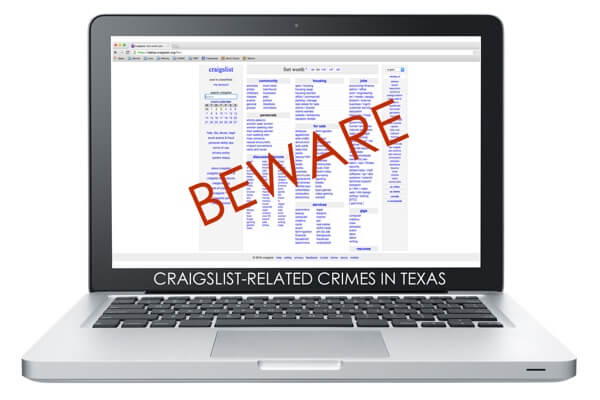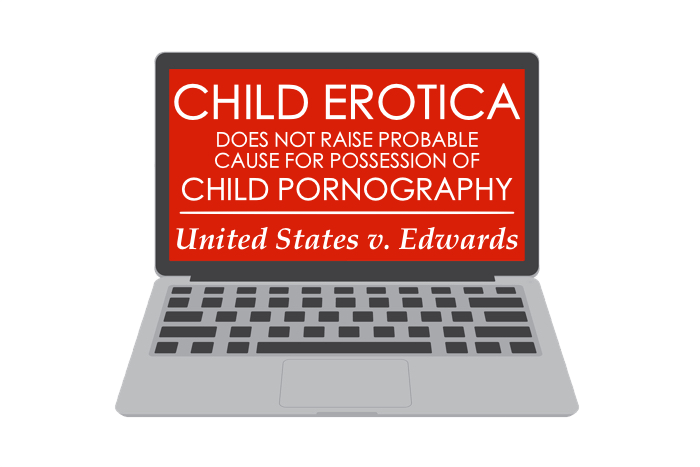In any criminal case involving sexual exploitation of a child in the making, possessing, or distributing of child pornography, there is an issue of restitution to consider. More specifically, if the child suffered monetary damages, who is responsible to pay restitution to the child to make him/her whole? Is it the person that created the images, the person that distributed them on the internet, the end user that downloads and possesses the images, or everyone? The courts were split on this issue. Some held that every person along the way should pay their share of the damages. Other courts held that each person is responsible for the total damages.
The Supreme Court has now weighed in the issue and has held that every offender is liable for their share of the damages, not more. Below is the synopsis of the case wherein the Supreme Court considered this issue.
Issue: Is a person who was convicted of possession of child pornography liable to pay full restitution to the victim (the child subject) or should the court limit damages to only that which was proximately caused by the convicted person’s actual role in the exploitation?
Paroline v. United States, 134 S. Ct. 1710 (2014)– Petitioner Randall Paroline pled guilty to possessing 150 to 300 images of child pornography, including two images of a girl named “Amy” being abused by her uncle at the age of eight or nine years old. Amy’s uncle took a number of photographs depicting her in sexually abusive poses, and distributed the materials over the Internet. However, Amy first learned that images of her abuse were being trafficked on the Internet when she was 17. This new information caused renewed trauma from the events that took place when she was a young girl and it made it difficult for her to recover from the abuse.
Amy then sought restitution under 18 U.S.C. §2259 from Paroline even though he was not the originator of the pictures. Paroline argued that a victim’s damages must be proximately caused by the defendant’s conduct because any other result would turn child exploitation restitution proceedings into a procedural nightmare. Amy argued that §2259 did not require proximate causation for a victim to be entitled to full damages; otherwise, the victims of child abuse would bear the burden of collecting tiny shares of restitution from several defendants and might never receive full recovery.
The District Court declined to award restitution because the Government had failed to meet its burden of proving what losses, if any, were proximately caused by the Paroline’s offense. The Fifth Circuit held that §2259 did not limit restitution to losses proximately caused by the defendant, and each defendant who possessed the victim’s images should be made liable for the victim’s entire losses from the trade in her images, even though other offenders played a role in causing those losses.
The Supreme Court vacated and remanded the Fifth Circuit’s decision and held that restitution is proper under §2259 only to the extent the defendant’s offense proximately caused a victim’s losses. Victims should be compensated and defendants should be held accountable for the impact of their conduct on those victims, but defendants should only be made liable for the consequences and gravity of their own conduct, not the conduct of others. Where it can be shown both that a defendant possessed a victim’s images and that a victim has outstanding losses caused by the continuing traffic in those images but where it is impossible to trace a particular amount of those losses to the individual defendant by recourse to a more traditional causal inquiry, a court applying §2259 should order restitution in an amount that comports with the defendant’s relative role in the causal process that underlies the victim’s general losses. Therefore, in determining the proper amount of restitution, a court must assess as best it can from available evidence the significance of the individual defendant’s conduct in light of the broader causal process that produced the victim’s losses.
In short: each defendant pays his or her fair share of the victim’s losses in a child pornography matter.









